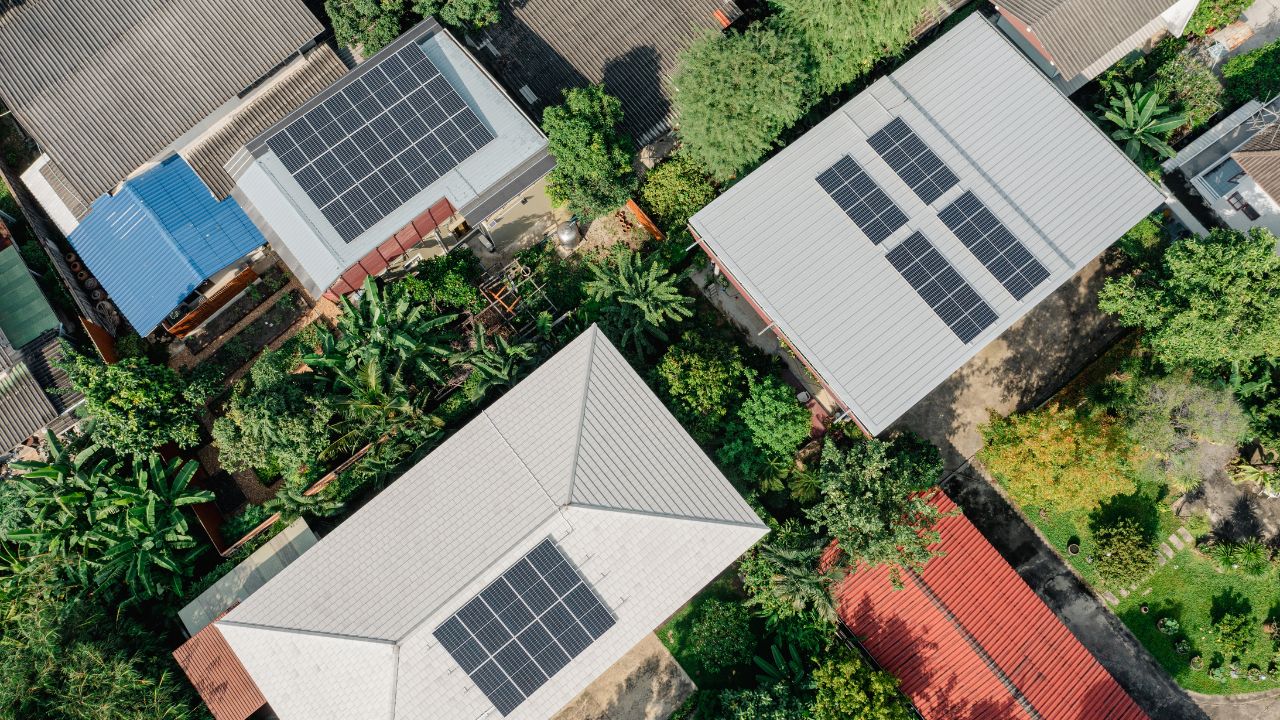Living a sustainable lifestyle has become more important than ever as our society continues to witness the harmful effects of climate change and overconsumption.
Incorporating sustainable practices into your home doesn’t have to be boring or typical; there are numerous ways to live sustainably while maintaining your unique, hipster style.
This article will explore ten ways to transform your hipster haven into an eco-friendly sanctuary.
Starting with the basics, we’ll discuss how to make sustainable shopping choices, reduce waste, and adopt sustainable food habits.
Beyond that, we’ll explore energy alternatives, innovative transportation solutions, and methods to improve indoor air quality.
Lastly, we’ll explore ways to get involved in your community and conserve biodiversity.
You’ll find that incorporating these practices into your life benefits the environment and enhances your health and well-being while maintaining your sense of individuality.
Key Takeaways
- Sustainable living enhances both environmental health and personal well-being.
- Making eco-conscious choices in shopping, waste management, and food habits is crucial.
- Embrace energy alternatives, transportation solutions, and community engagement for a comprehensive sustainable lifestyle.
1. Start with the Basics
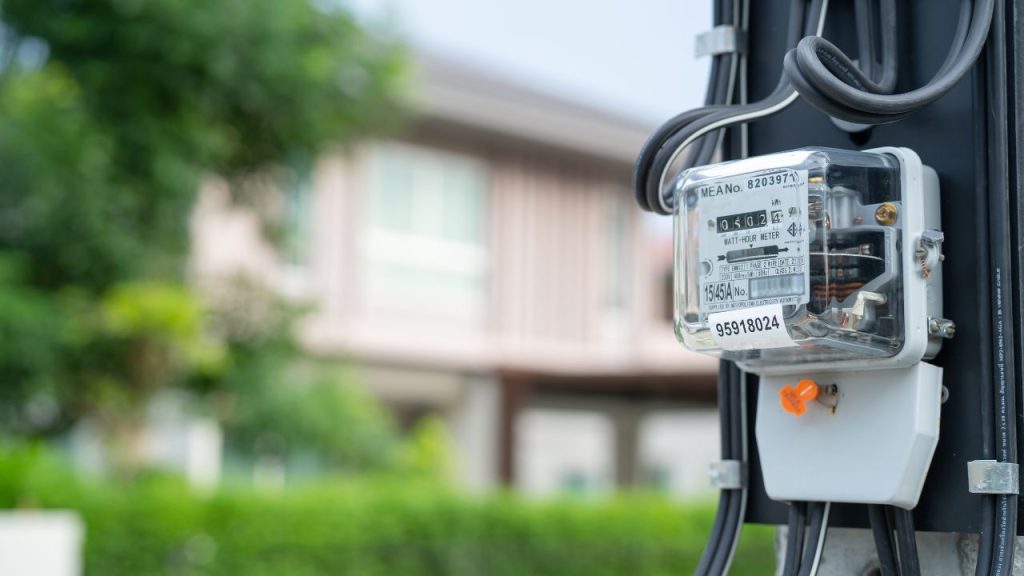
Reduce Energy Use
One of the first steps to living sustainably in your hipster home is to reduce your energy use.
Start by adjusting your thermostat to a more energy-efficient temperature, and consider investing in a programmable thermostat that can help manage your home’s heating and cooling more effectively.
Weatherproof your home by sealing gaps and cracks on windowsills and doorways. This will improve insulation and help maintain a comfortable temperature indoors.
Additionally, replace older appliances with energy-efficient ones with Energy Star labels, as they consume less electricity.
In order to save even more energy, you can:
- Plug your electronics into power strips: This allows you to switch off multiple devices at once, reducing the amount of standby power they consume.
- Turn off lights when not in use: Get into the habit of switching lights off when you leave a room.
- Maintain your HVAC system: Keep your heating and cooling system running efficiently by regularly changing filters and scheduling preventive maintenance.
Conserve Water
Another key aspect of sustainable living is water conservation. There are numerous simple ways to be more conscious of your water use:
- Fix leaks: Repair any dripping faucets or leaking pipes to prevent wasting water.
- Install low-flow fixtures: Replace showerheads and faucets with low-flow alternatives to reduce the amount of water used per minute.
- Collect rainwater: Set up a rain barrel to collect and store rainwater for outdoor use, such as watering plants.
Remember, small changes in your daily habits can make a big difference when it comes to living a more sustainable lifestyle in your hipster home.
By reducing energy use and conserving water, you’ll be on your way to a greener, more environmentally friendly space.
2. Sustainable Shopping

Choose Environmentally Friendly Products
Always consider the environmental impact when shopping for products for your hipster home.
Look for items made from sustainable materials like bamboo, and opt for eco-friendly, reusable packaging whenever possible.
You can reduce your carbon footprint by supporting brands prioritizing sustainability and fair trade practices.
Remember to bring your reusable bags, too! Not only do they help you reduce plastic waste, but they’re also a stylish way to show your commitment to the environment.
In addition to sustainable materials, consider purchasing products that promote recycling and upcycling.
Many furniture and decor items can be repurposed from what you already have, saving money and the environment.
Ditch Fast Fashion
Fast fashion has a detrimental impact on the environment and the people involved in its production. Instead of buying into this trend, turn to sustainably made clothing and accessories.
Look for brands that prioritize ethical labor practices, use organic materials, and minimize waste.
Try shopping at second-hand stores or participating in clothing swaps with friends to enhance your wardrobe without contributing to fast fashion.
This way, you’re helping to give garments a second life and supporting your community.
Remember, living sustainably in your hipster home starts with making conscious choices in all aspects of life, including your shopping habits.
You’re doing your part to create a more sustainable world by opting for environmentally friendly products and ditching fast fashion.
3. Minimize Waste
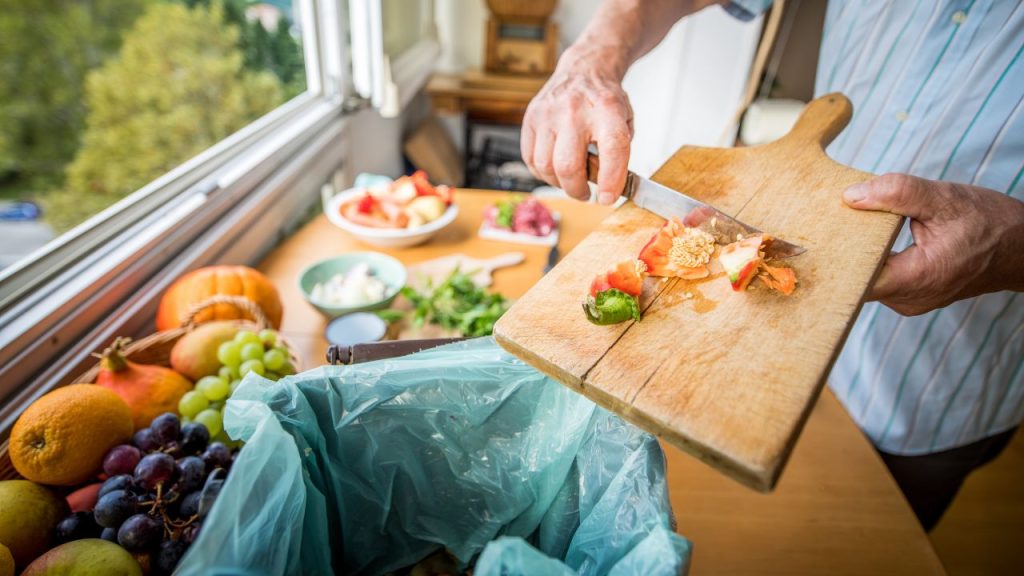
Recycling and Composting
To reduce your carbon emissions and decrease your contribution to landfills, it’s essential to start recycling and composting. First, separate your waste into paper, plastic, and food scraps.
By doing so, you can effectively recycle paper and plastic waste, reducing pollution and conserving valuable resources.
When it comes to food waste, try composting at home. It’s an eco-friendly way to manage organic waste, producing nutrient-rich plant compost.
Composting reduces greenhouse gas emissions caused by decomposing food waste in landfills.
Limit Single-Use Plastics
Another critical step in minimizing waste is limiting your use of single-use plastics. They contribute significantly to plastic waste and pollution.
Adopt these habits to help the environment and save money in the process:
- Reusable shopping bags: Instead of using plastic bags, opt for reusable cloth or canvas bags when you go shopping.
- Water bottles: Swap single-use water bottles for a reusable option. There are plenty of stylish and durable choices available.
- Food storage: Replace plastic wrap with more sustainable choices such as beeswax wrap or silicone lids. For containers, go for glass jars or stainless steel containers.
Also, try making your own eco-friendly cleaning solutions using simple ingredients like vinegar and water.
These minimal changes in your lifestyle will lead to a significant reduction in your environmental footprint.
Remember, every bit counts when it comes to living sustainably in your hipster home!
4. Sustainable Food Choices
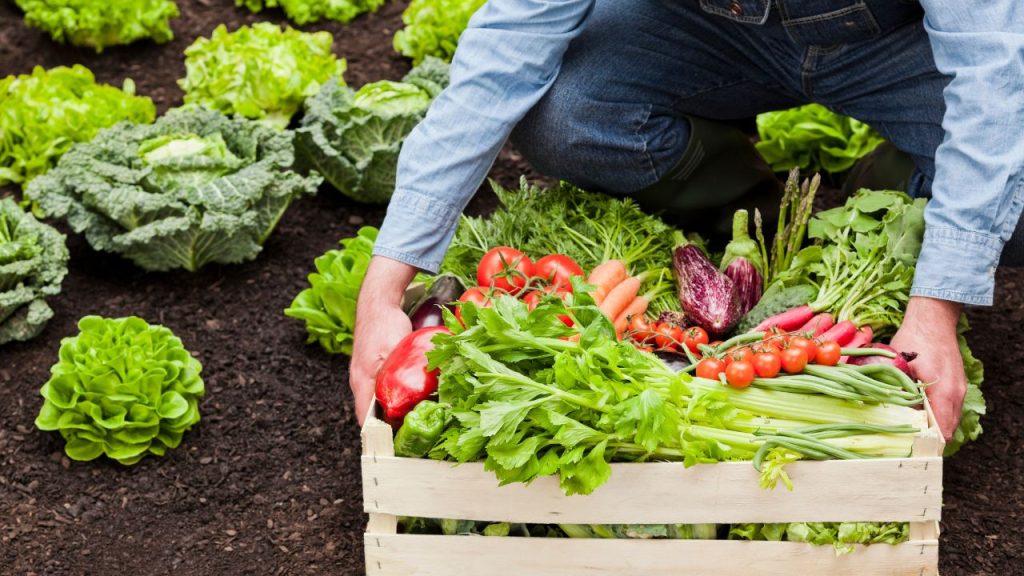
Opt for Organic
When choosing produce for your home, organic products are a great way to support sustainable agriculture and reduce your carbon footprint.
Organic farming practices promote biodiversity, reduce soil erosion, and decrease the overall environmental impact of food production.
Plus, organic produce is often tastier and more nutritious!
Consider shopping at local farmer’s markets to find fresh, organic produce for you and your family.
Not only will you support local businesses and farmers, but your food will also have traveled a shorter distance to reach your table, reducing its carbon footprint.
If you have a porch or small outdoor space, try gardening. Growing your food at home is a fun, eco-friendly hobby that can lead to even more sustainable meal choices.
Start with a simple herb garden or plant some of your favorite vegetables. This way, you’ll know exactly where your food is coming from and enjoy your home-grown bounty.
Reduce Meat Consumption
Another way to make more sustainable food choices within your hipster home is to reduce your meat consumption.
The meat industry is a major contributor to greenhouse gas emissions, deforestation, and water pollution. By cutting back on meat, you are actively working toward a healthier planet.
Here are a few easy ways to reduce meat consumption:
- Go meatless one day a week: Designate a day each week to commit to eating plant-based meals. You’ll be surprised at the delicious, nutritious food you can create without meat.
- Experiment with plant-based proteins: Get creative in the kitchen with ingredients like tofu, tempeh, beans, and lentils, which are not only good for you but also environmentally friendly.
- Try smaller portions: If you’re not ready to give up meat entirely, consider reducing the portion sizes in your meals. This can still make a positive impact on the environment without completely altering your diet.
By practicing sustainable food choices like opting for organic produce, reducing meat consumption, and even gardening, you’re well on your way to living more sustainably in your hipster home.
Remember to always be mindful of your choices, and enjoy the benefits of a greener lifestyle.
5. Energy Alternatives
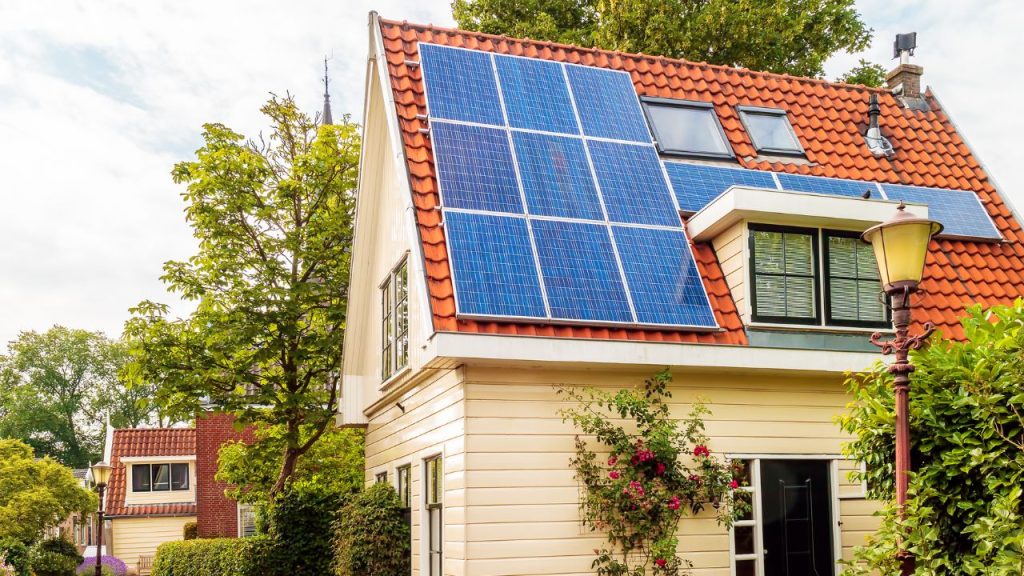
Install Solar Panels
Are you considering energy alternatives for your hipster home? Solar panels are a fantastic option for reducing energy use and environmental impact.
By harnessing the sun’s power, you can turn it into clean, renewable energy for your home. This reduces your reliance on fossil fuels and lowers your electricity bills.
To get started, research local solar panel installers and inquire about tax credits and incentives in your area.
Remember that the installation cost varies depending on the size of your home and system. However, in the long run, solar panels will likely pay for themselves through your energy savings.
Adopt Energy-Efficient Appliances
Another way to embrace sustainable living is to upgrade your home appliances with Energy Star-certified products.
These energy-efficient alternatives consume less power and help you save on electricity bills. They’re also better for the environment, as reduced energy use means fewer greenhouse gas emissions.
Consider replacing your old:
- Air conditioners
- Refrigerators
- Washing machines
- Dishwashers
- Light bulbs
Make sure to look for the Energy Star label when shopping for new appliances, as it indicates that the product meets strict guidelines for energy efficiency.
Remember, every little change you make in your hipster home contributes to a more sustainable lifestyle.
By investing in solar panels and energy-efficient appliances, you’ll be on your way to a greener future – and that’s something worth celebrating!
6. Transportation Solutions
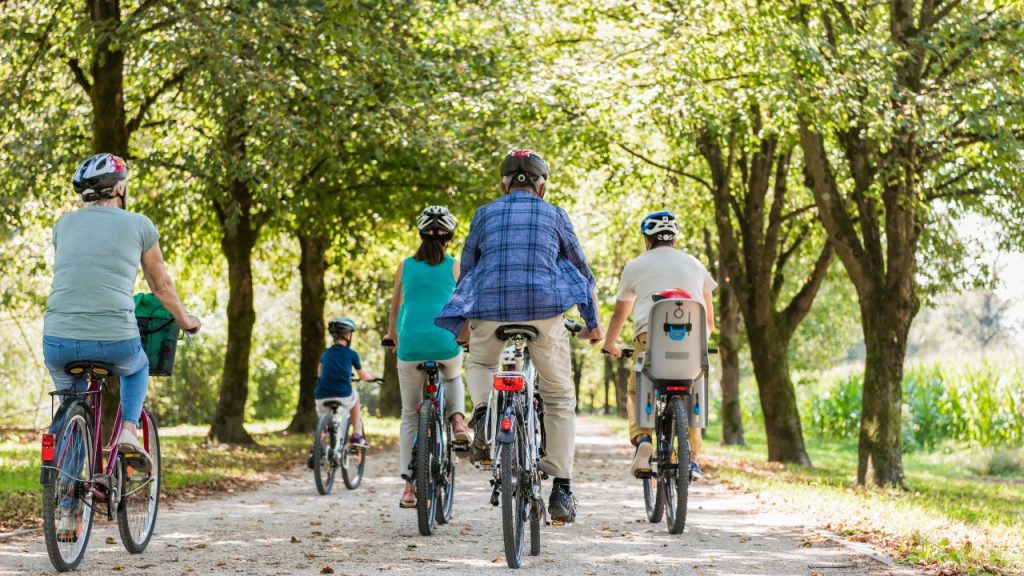
Embrace Cycling and Walking
Incorporating cycling and walking into your daily routine is an excellent way to contribute to a more sustainable lifestyle.
Not only do these activities have a positive impact on your health, but they also significantly reduce your carbon emissions.
By choosing to cycle or walk, you’re helping to decrease air pollution within your community and creating a healthier environment for all.
Consider making small adjustments to your routine, like walking to your local grocery store or taking your bike to work.
You can even combine cycling or walking with public transportation to cover longer distances while reducing your environmental footprint.
Utilize Public Transportation
Public transportation is another great option for sustainable commuting. Using your community’s public transit system, you’ll contribute to lowering carbon emissions and decreasing air pollution.
It can also help you save money on parking and gas expenses.
Try to use buses, subways, or trains when planning your day. You may need to adjust your schedule slightly, but the benefits make it worthwhile.
Also, choosing public transportation encourages local governments to invest more in eco-friendly transportation options.
Remember that small changes can significantly impact living sustainably, so don’t be afraid to try new transportation methods and share your experiences with your friends, family, and the hipster community!
7. Improve Indoor Air Quality
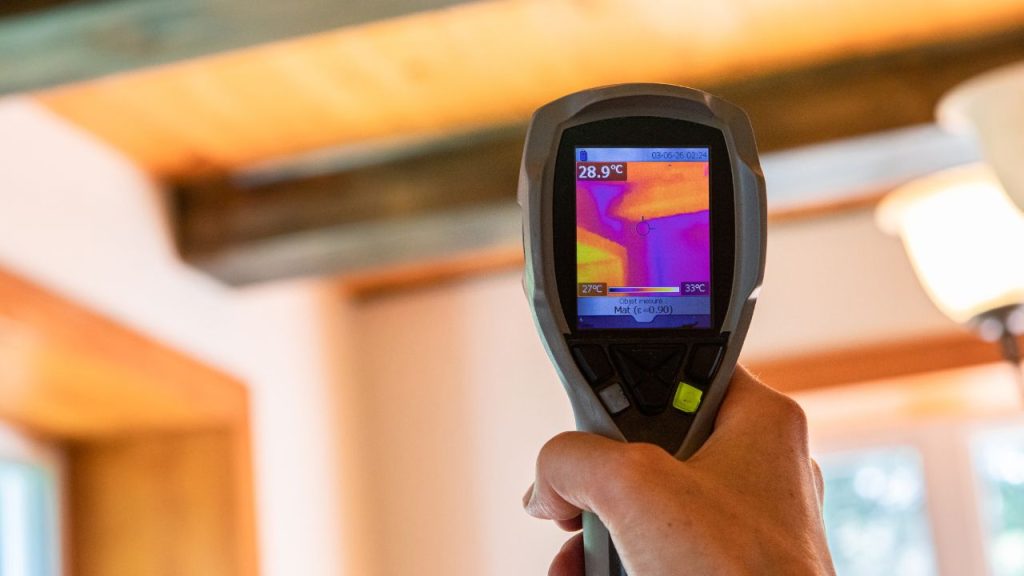
As a proud hipster homeowner, you can make a big difference in your home’s environment by improving indoor air quality.
There are several practical and eco-friendly ways to achieve this, and it starts with paying attention to the products you bring into your home and the choices you make in maintaining your living space.
First and foremost, choose eco-friendly cleaning products for your home. Conventional cleaning products often contain harsh and toxic chemicals that can pollute your air.
By opting for green, natural, or homemade cleaners, you’ll protect your lungs and keep your friends’ lungs safe when they visit your sustainable hipster haven.
Reduce toxic chemicals in your home by switching to environment-friendly alternatives. Paints and adhesives, for instance, can release volatile organic compounds (VOCs) into your living space.
To minimize this exposure, choose low-VOC or no-VOC options for painting and water-based adhesives for projects around your home.
Investing in a high-quality air filtration system is another way to combat pollutants in your hipster home.
An efficient air purifier will help remove dust, allergens, and other contaminants, improving overall health and well-being.
In dealing with climate change and saving energy, switching to energy-efficient LED bulbs is another great step.
Not only do they use less energy, but they also have a significantly longer lifespan compared to conventional bulbs. This means you’ll be lowering your carbon footprint and minimizing waste.
Believe it or not, introducing a few interior plants will also help improve indoor air quality. Some plants, such as Spider plants and Boston ferns, are particularly good at removing pollutants from the air.
Plus, they add a touch of green to your home—a perfect addition for sustainability-minded hipsters.
Lastly, ensure your home is well-ventilated by regularly opening your windows, especially during good weather. This can significantly reduce the concentration of indoor pollutants.
If temperatures in your area permit, consider installing a whole-house fan or an energy recovery ventilator to help circulate fresh outdoor air throughout your home.
These eco-conscious choices help create a healthier and more sustainable living space for you and your friends.
8. Capitalize on Community

Get Involved in Local Initiatives
Engaging in local initiatives is an excellent way to live sustainably in your hipster home. By participating in these programs, you contribute to reducing resource consumption and pollution in your community.
You could join a community garden to grow your vegetables, participate in a tree-planting event, or attend workshops on renewable energy sources.
Not only do these initiatives provide valuable learning experiences, but they also allow you to connect with like-minded friends who share your passion for sustainability.
By strengthening your relationships with those in your community, you create a supportive network that can work together to bring about positive change.
Share Resources with Neighbors
One of the most efficient ways to reduce resource consumption and waste is by sharing resources with neighbors.
This could be anything from lending tools and equipment to starting a neighborhood carpool.
Sharing items reduces the need for each household to purchase their own, ultimately reducing the demand for energy and materials used in production.
Some ideas for sharing resources in your neighborhood include:
- Tool-sharing programs: Create a communal tool library where neighbors can borrow and lend tools for various tasks, such as yard work and repairs.
- Community potlucks: Organize regular get-togethers at which everyone brings a dish to share. This is an excellent opportunity to use locally sourced and seasonal ingredients, reducing the ecological footprint of your meals.
- Bulk-buying clubs: Collaborate with neighbors to purchase items in bulk, such as cleaning supplies or non-perishable foods. Buying in bulk can help reduce packaging waste and save you all money.
Remember, a community that works together can make a significant impact in lowering resource consumption and pollution.
By getting involved in local initiatives and sharing resources with your neighbors, you’ll be making strides towards a more sustainable and environmentally-conscious lifestyle.
9. Conserving Biodiversity

Create a Sustainable Garden
Creating a sustainable garden is a great way to support biodiversity and reduce environmental footprint. Start by choosing plants native to your area, as they’ll require less water and maintenance.
Replace some of your lawn with drought-resistant landscaping to help reduce your water usage.
When gardening, consider using organic materials like beeswax to create a natural barrier for attracting beneficial insects and repelling pests.
You can also opt for low-flow, water-saving shower heads and other sustainable irrigation methods that will help conserve water. Be mindful of using chemical fertilizers or pesticides, as they can harm local ecosystems.
In addition to planting native species, create habitats for local wildlife by adding features like birdhouses, insect hotels, and small ponds. These steps will add charm to your garden and promote biodiversity within your hipster home.
Support Conservation Efforts
Beyond your garden, there are numerous ways you can take an active role in conserving biodiversity and supporting environmental efforts. Here are some ideas:
- Educate yourself and others: Stay informed about global warming, environmental issues, and sustainable practices. Share your knowledge with friends, family, and neighbors to help raise awareness.
- Buy sustainably sourced products: When buying home items, look for sustainable, eco-friendly options such as those made from recycled materials or are upcycled.
- Support local conservation organizations: Donate to or volunteer with local groups working on habitat restoration, wildlife rehabilitation, and other initiatives to protect and promote biodiversity in your community.
- Participate in citizen science projects: Get involved in apps and programs that help track and report invasive species or monitor local species populations, contributing valuable data to conservation efforts.
By taking these steps, you’re not only reducing your own environmental impact but also supporting biodiversity conservation efforts on a broader scale.
Remember that even small actions can make a significant difference in protecting our planet’s delicate ecosystems.
10. Frequently Asked Questions
What small changes can make a home more eco-friendly?
Switching to LED or CFL lights can have a significant impact on your home’s energy use (source). You can also use zero waste cleaners and detergents to reduce plastic waste. Another small step is to be mindful about your seafood consumption and choose sustainable sources when possible.
How can we conserve energy in our daily lives?
You can conserve energy by turning off lights when not in use, using energy-efficient appliances, and opting for natural light when possible. Additionally, consider using a programmable thermostat to manage your home’s heating and cooling efficiently.
What are some creative recycling ideas for a hipster home?
Upcycle old furniture or repurpose glass jars and containers as stylish storage solutions. Make use of old clothing by turning them into bags or cleaning rags. You could also repurpose old pallets or wooden crates for indoor gardening or unique shelving units.
What plant-based alternatives can be used in daily life?
Incorporate more plant-based meals into your diet, as this can significantly reduce your overall carbon footprint. Opt for plant-based milks, such as almond or soy, and choose eco-friendly brands when shopping for clothing, cosmetics, and household products.
How can we reduce water waste in a sustainable home?
Fixing leaks and installing low-flow faucets and showerheads can help save water. Collect rainwater for outdoor use and practice mindful water consumption when cooking, washing dishes, or doing laundry.
What DIY projects can support a green lifestyle?
Create your own cleaning solutions using household ingredients like vinegar and baking soda. Construct a compost bin for your garden to recycle food scraps and turn them into nutrient-rich soil. You can also make reusable shopping bags or cloth napkins from old fabrics to reduce plastic waste.
